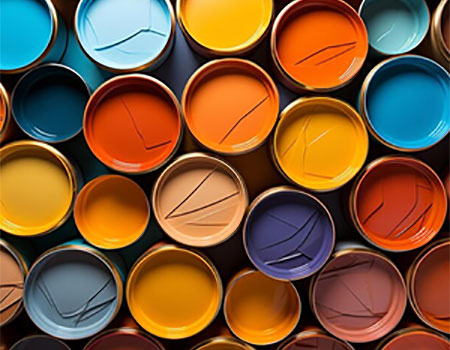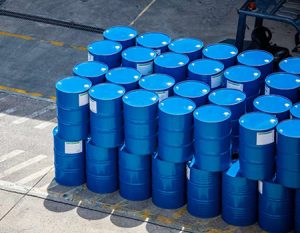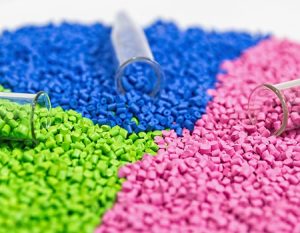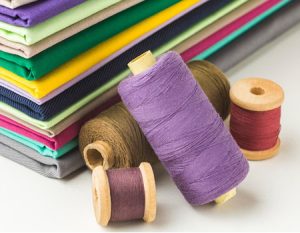Foam industry chemicals refers to a range of chemical substances and formulations used in the production of various types of foams. Foams are materials that consist of a gas trapped within a liquid or solid, resulting in a structure with many gas-filled pockets or bubbles. These foams can be found in numerous everyday products and applications, ranging from comfortable mattresses to insulating packaging materials.
Types of Foams:
Polyurethane Foam:
Commonly used in mattresses, furniture, and automotive applications, polyurethane foam is produced through the reaction of polyols and isocyanides.
Polystyrene Foam:
Known for its insulating properties, polystyrene foam is used in packaging, disposable food containers, and insulation materials.
Polyethylene Foam:
This foam, often used for packaging and shock absorption, is produced by introducing gas into molten polyethylene.
Additives and Formulations:
Foam industry chemicals include various additives to enhance specific properties of the foam, such as flame retardants, plasticizers, colorants, and stabilizers. Formulations are carefully designed to achieve desired characteristics, such as flexibility, density, and durability.
Applications:
Foams find extensive use in industries such as furniture, bedding, packaging, automotive, construction, and more. Flexible foams are used for cushions, mattresses, and seats, providing comfort and support. Rigid foams serve as insulation in buildings and packaging materials, providing thermal and impact resistance.












